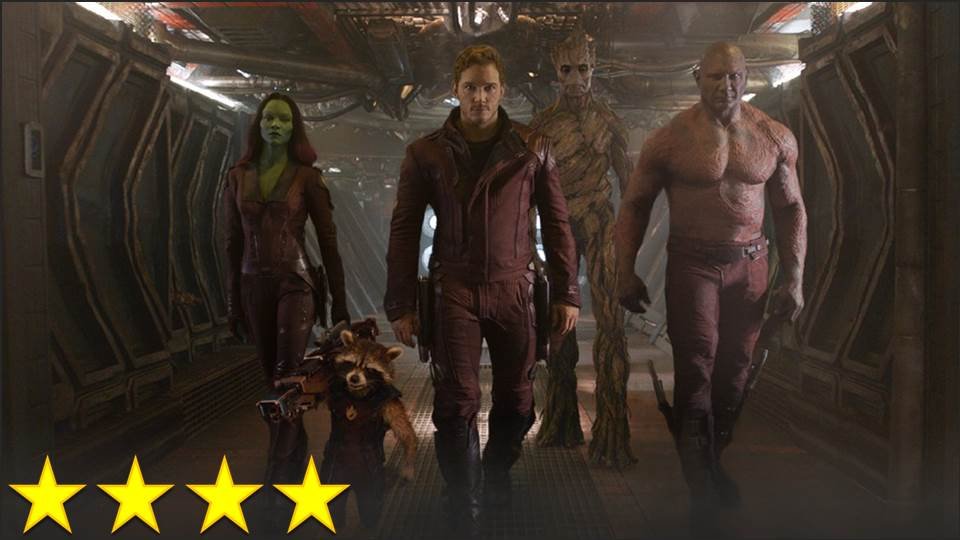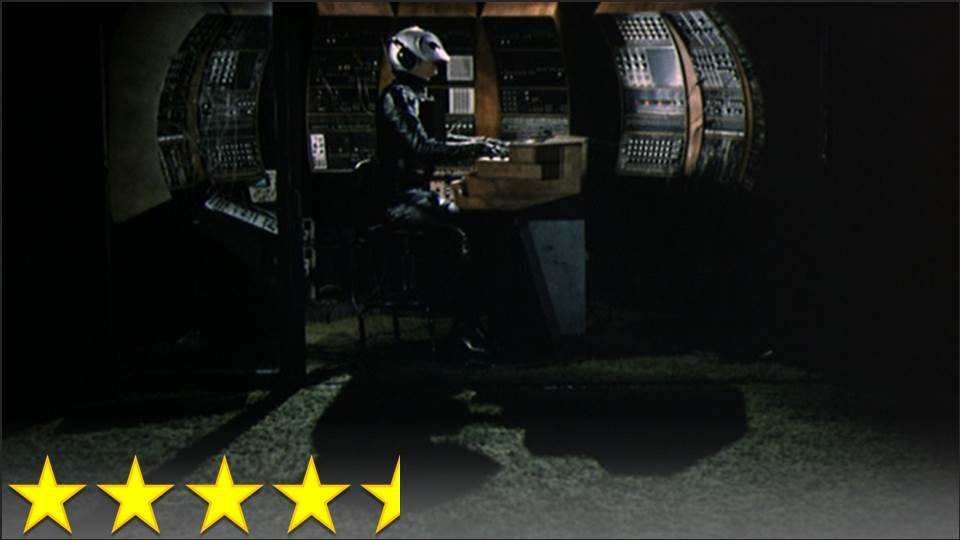In my recent UFC on the first guardians film, I mentioned that this movie went an extra mile in its celebration, or perhaps I should say “glorification,” of ’70s pop music in comparison to Volume 1. So, I’m going to take a look at this in a little more depth. My spoiler-free version of the review is: it’s really, really fun. I had a great time. See it. Now here come some minor spoilers.
MINOR SPOILER WARNING
The very first scene in the film shows Peter’s mother singing along to the radio while on the road. Ordinarily, songs playing on the radio, whether in movies or in real life, are seen as mere accompaniments not meant to steal the focus, but the way she throws herself into the song makes the important part of her experience of driving (that is, the part of the experience being celebrated) the song itself. This is reflected on a larger scale in the next scene as a gigantic action sequence takes place in the background, with Groot in the foreground as he dances to “Mr. Blue Sky.” This places what any film student raised on “visual medium” thinking would consider the point of the scene, the fight scene, in the role of adding ambiance (which is normally the role of the soundtrack) while the soundtrack takes the foreground. In a later fight scene, Gunn is so intent on glorifying the song being played, “Come a Little Bit Closer,” that the orchestra and choir used for the score – which, in any other movie, would serve to add weight and scope only to visuals – actually play and sing along with “Come a Little Bit Closer,” making the song sound enormous.
This role-reversal of sight and sound is, in some respects, groundbreaking, but as I suggested in my UFC, one might look at it as a modern reworking of film theory explored in Disney’s Fantasia. Rather than making the soundtrack subservient to visuals, Walt Disney made a whole movie out of visuals that are subservient to the soundtrack. Gunn, in a sense, has done the same. In Guardians 2, every song (if memory serves) is, at one point or another, diegetic, so the characters are generally acting in response to and in accord with the songs. Furthermore, the songs on the soundtrack are not always entirely fitting for the scenes with which they are paired, instead contrasting with the visuals such that the soundtrack and the video track change each other’s meaning, arguably conforming to Sergei Eisenstein’s theory of “vertical montage.”
Why does this matter? Because the first movie uses the glorification of the soundtrack as a celebratory experience binding us only to Peter Quill. In this film, the music has had an effect on the whole guardians family, and it’s not only something that binds them, but binds us to them. This makes us feel like we’re part of the family, and like we’re joining a ’70s music dance party with the guardians, which heightens the fun – even in comparison to the first film. This is also helpful because this is meant to be the movie that lets us see how the guardians function now that they have spent more time bonding together and becoming a family, so using the music for this purpose seems just perfect. (The soundtrack to this film is, for the record, just as good as the soundtrack to the first – if not better – this time using more tracks that are either very well-known or not very famous at all, which has introduced me to some of my new favorite songs.)
This film actually seems a little less slow and boring than the first, even though it engages in more “family drama.” I think part of the reason why it can get away with this is that the family dynamics in this film are oddly very fascinating and lend themselves to captivating drama. Another reason why this works is that Gunn carefully threw imagery relating to family, parenthood, and reproduction all throughout this film, making for a very adult commentary on these issues that seems smart, without losing its sense of fun. Of course, all of this is balanced out with immature jokes and nods to ’80s nostalgia, so everything comes together here absolutely beautifully. This is surely one of the best sequels to have ever come from Hollywood.





